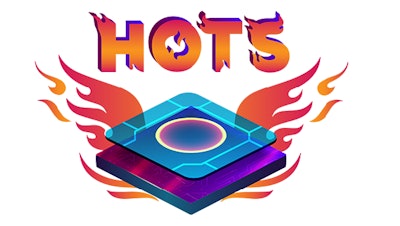
Sensors are deployed across countless commercial and defense systems, including in the oil and gas sector, the automotive industry, alternative energy sources, geothermal applications and aviation and aerospace.
In these broader industrial contexts, the capabilities of sensors can be inhibited by thermal limitations. A sensor may theoretically be able to process inputs such as speed, pressure or the integrity of a mechanical component, but inside a turbine engine, temperatures far exceed what any existing sensor can withstand.
Darpa's new High Operational Temperature Sensors (HOTS) program will work toward developing microelectronic sensor technologies capable of high-bandwidth, high-dynamic-range sensing at extreme temperatures.
In development of next generation turbine engines or high-speed flight, thermal restrictions can hamstring progress. For example, high-performance pressure sensors are needed to capture complex flow dynamics in extremely high temperature environments (i.e., 800 °C or 1,472 °F).
Today, sensors that can withstand thermally harsh conditions are limited to low-sensitivity transducers located in hot zones coupled via noisy electrical connections to remote, temperature-constrained, silicon signal-conditioning microelectronics in cold zones. The resulting integrated sensors lack the combination of frequency bandwidth and dynamic range essential for high-temperature missions.
Physical sensors that can overcome these limitations and optimally perform in high-temperature environments – without additional thermal management – will enable critical operations that include monitoring stability and functionality in extremely hot system components.
Combinations of emerging materials, fabrication techniques and integration technologies that inform new types of transistors and transducers, are among the potential approaches the HOTS program hopes to demonstrate as a sensor module.
"If you look at the progress of cars alone, we’ve seen sort of a nervous system of sensing evolve, providing visibility and knowledge of what’s happening across the platform. Applying the same concept to larger-scale systems in harsh environments will offer tremendous benefits for the future system capabilities," said Dr. Benjamin Griffin, program manager for HOTS.
HOTS will hold a proposers day on May 31, 2023.






















